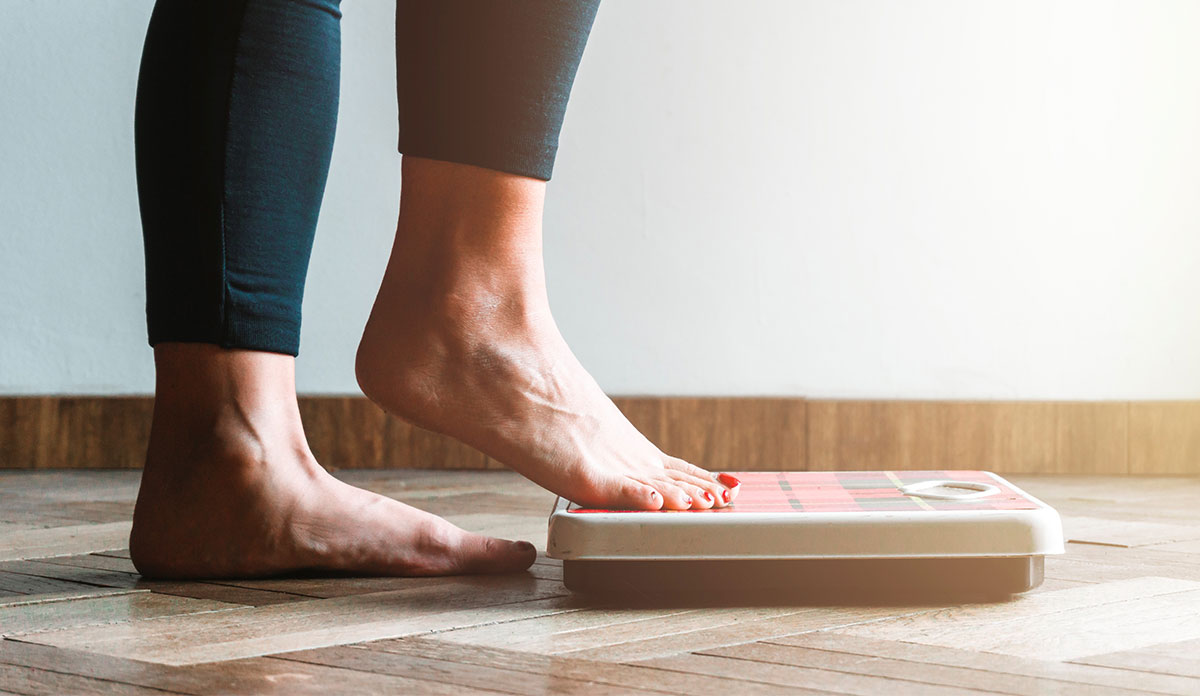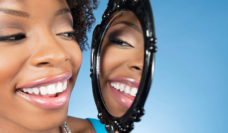“I want people to realize that fitness doesn’t have a look or an aesthetic or a weight.” -Lizzo
Lizzo, the popular singer and activist, is fighting against our images of health and beauty. We groom people to think they have to look a certain way, while supporting a social environment that breeds obesity. The statistics say it all: more than 50% of elementary girls are concerned about their weight; 40% of overweight girls and 37% of overweight boys are teased about their weight; and 69% of elementary girls who read magazines say that pictures influence their ideas of body standards and 47% say the pictures make them want to lose weight. Our collective obsession with weight has created the perfect incubator for body dysphoria and eating disorders.
Dr. Erin Harrop, a social worker, published a personal narrative describing the disconnect between what we expect someone with an eating disorder to look like and real-life appearances. The result is weight bias, or negative attitudes, judgements, stereotypes, and discrimination directed at people because of their weight. In reality, 2.8% of young women have atypical anorexia, compared to 0.8% having anorexia nervosa. Atypical anorexia involves the intense fear of gaining weight and body dissatisfaction at a normal or high weight, unlike anorexia nervosa which has a low-weight requirement. Characteristics manifest as severe calorie restriction, extreme exercise, and/or self-induced vomiting.
Eating disorders can take four times as long to diagnose in overweight individuals. The National Longitudinal Study of Adolescent to Adult Health found the highest prevalence of disordered eating was in adolescents who self-identified as overweight compared to those who were overweight, normal or underweight. A different study on obesity interventions found that 40% of study participants meet the criteria for an eating disorder.
“I want people to realize that fitness doesn’t have a look or an aesthetic or a weight.” -Lizzo
People with eating disorders who don’t meet the low-weight classification are often misdiagnosed, face size discrimination from medical practitioners and structural barriers to care. Stigma alone produces a cycle of purging and public shaming.
Dr. Harrop’s narrative told her own experience with weight bias when seeking treatment for atypical anorexia. Harrop’s psychiatrist and nutritionist had turned into the voice of her eating disorder instead of the voice against it. Harrop writes, “I argued with her because I did not want to be treated differently from my peers. Every meal was a visible, obvious reminder that my body was too fat and unacceptable—even to professionals trained in eating disorder treatment, body image, and ‘intuitive eating.’” Instead of receiving the usual nutritional and calorie requirements and meal supplementation to correct for malnourishment, Harrop was continuously underfed.
Harrop suggests a few reasons behind her mistreatment. Body dysphoria, a key component of an eating disorder, is not seen as an issue in fat people. When weight disorders are viewed as a binary, with starvation on one end and obesity on the other, treatments follow a similar divergence: starved patients are fed; fat patients are starved. When viewed in this manner, it disregards the fact that eating disorders and obesity can co-occur.
It is impossible to ignore the role that culture plays in creating and maintaining weight bias. Lizzo’s words and the work of other public figures and activists are starting to shift our culture. We can only hope this deeper understanding permeates entertainment, media, and our mindsets. Irrespective of size, everyone deserves to feel “good as hell.”
Photo via Getty Images














